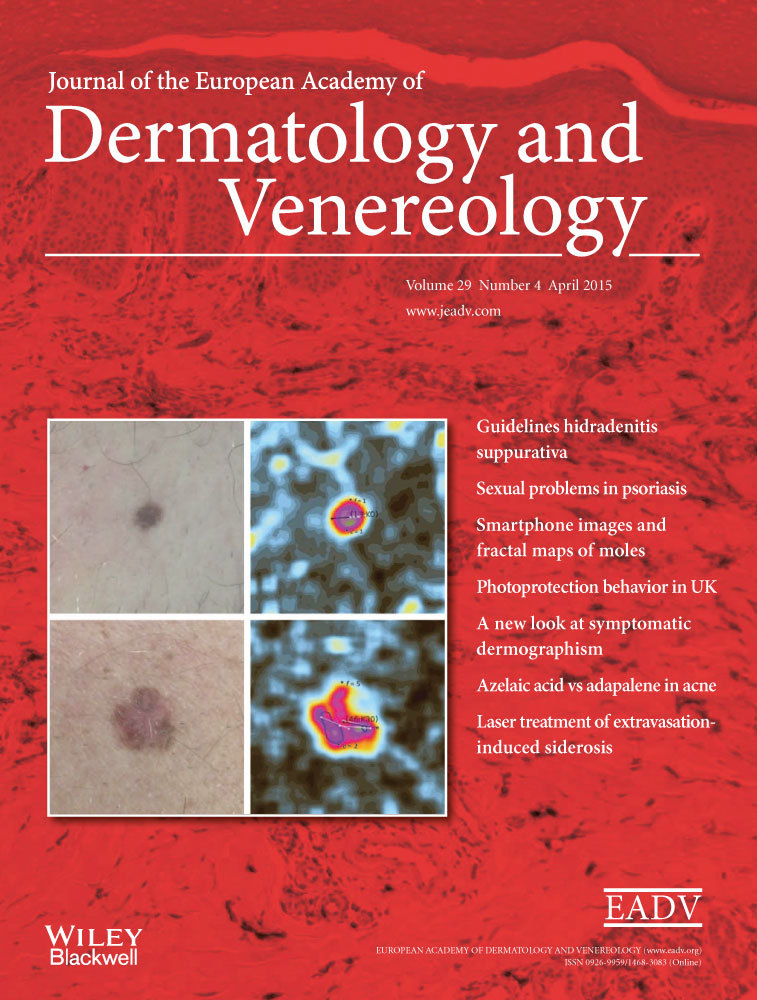Preservatives in cosmetics in the Israeli market conform well to the EU legislation
Conflicts of interest:
None.
Funding sources:
None.
Abstract
Background
Preservatives are important and frequent skin sensitizers, found in a wide range of products for personal and occupational use. According to the European legislation, some cosmetic ingredients are restricted in terms of quantity and a detailed list of ingredients must be present on the product or packaging.
Objectives
To examine the use of preservatives in common cosmetics on the Israeli market.
Materials/Methods
Sixty different Israeli brand cosmetics, including shampoos, liquid soaps, body creams and hand creams were randomly selected. Ingredient labels were examined. The products were investigated by the chromotropic acid method for release of formaldehyde and by high performance liquid chromatography for the presence of formaldehyde, DMDM hydantoin and methylchloroisothiazolinone/methylisothiazolinone (MCI/MI) and MI content.
Results
All products but one contained a detailed list of ingredients printed on the package. According to labelling, the most prevalent preservatives in Israeli shampoos and liquid soaps were DMDM hydantoin and MCI/MI. Hand creams and body creams contained mainly parabens but also iodopropynyl butylcarbamate, phenoxyethanol and DMDM hydantoin. Formaldehyde in doses from 4 to 429 ppm, and DMDM hydantoin were detected in 38 and 16 (63% and 27%) of the products, respectively. MCI/MI was detected in 11 (18%) of the products, with highest prevalence in rinse- off products (55%). Excluding one hand cream which measured 106 ppm MI, the amount of formaldehyde, DMDM hydantoin, MCI/MI and MI was within the allowed concentrations by the European directive in all cases.
Conclusions
In Israel, adaptation of the European directive prevails, as shown by the measurements we performed on randomly selected products.




